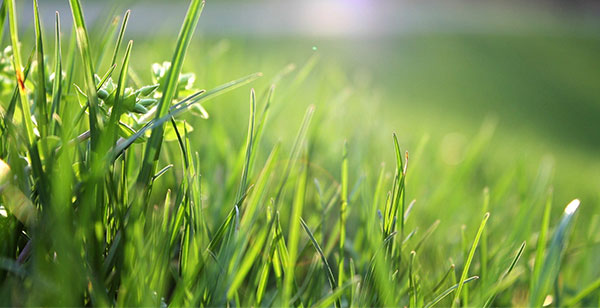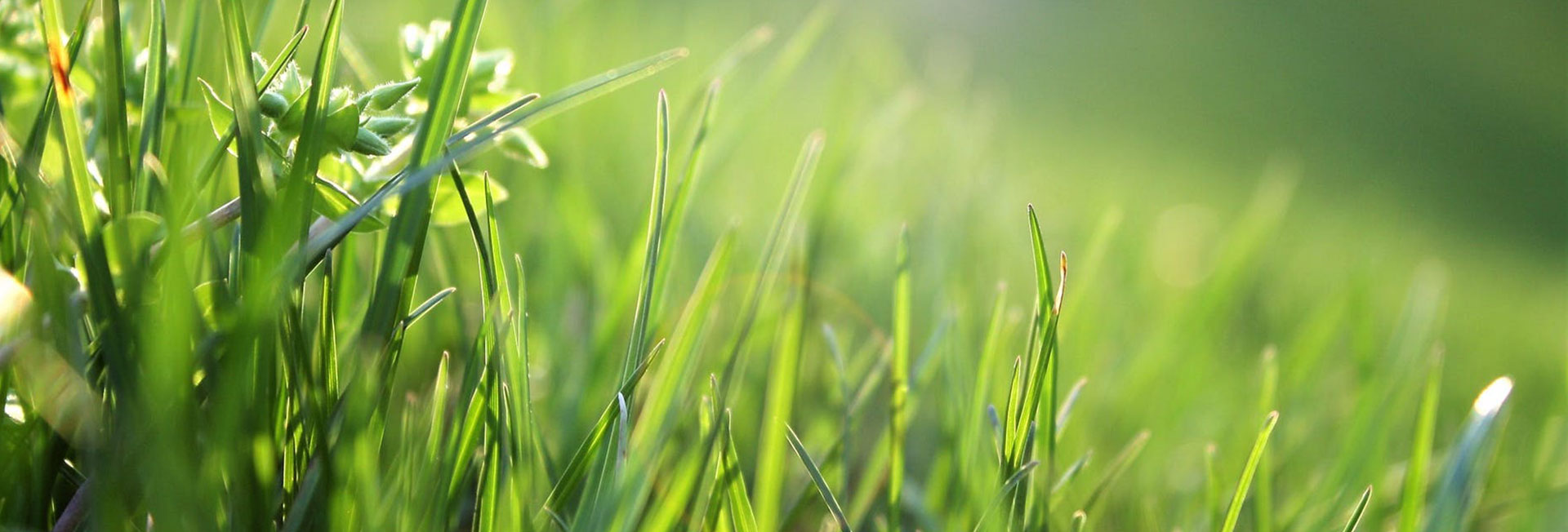Top 10 Tips for a Healthy Lawn
1. Never cut more than one-third of the grass blade during any one mowing.
2. Alternate your mowing pattern. Try not to follow the same path each time you mow. Think of a clock. Start at the 12 o'clock position and mow to the 6 o'clock position. The next time you mow, begin at the 9 o'clock position and mow to the to 3 o'clock position. The third time, mow from 1 o'clock to 7 o'clock, etc.
3. Leave grass clippings on the lawn. You'll give your lawn valuable nutrients by grinding up the clippings with your mulching mower. You can do the same thing with tree leaves in the fall. And, don't worry: grass clippings don't promote thatch.
4. Control weeds while they're young. The best time to treat troublesome weeds is early in their life cycle. That means applying herbicide to grassy weeds, such as crabgrass, in early spring and to broadleaf weeds, like dandelions, in the fall.
5. Look for a high-quality engine when buying a lawn mower. There's nothing more annoying when you're ready to cut your lawn than a mower that doesn't start. Briggs & Stratton engines deliver power and performance and are easy to start.
6. Give your mower a tune-up. The grass plant responds better to a clean cut than a jagged one, so have your mower blades sharpened at least once a year by an authorized dealer. Periodically examine the mower blades for damage, and adjust the wheel height for an even cut. Then use a Maintenance Kit to change the oil, air filter and spark plug and add a fuel stabilizer to reduce emissions and improve the startability of your mower.
7. Water early in the day. Watering between 4 a.m. and 9 a.m. helps ensure that the sun won't rob moisture from your lawn. It also gives your lawn the best chance to dry in the morning. Wet grass at night can lead to disease. Most lawns need about 1 – 2 inches of water a week to stay healthy.
8. Buy high-quality grass seed. You get what you pay for. The cheaper the seed, the more likely there areweed seeds in the bag that will be introduced to your lawn. Always look for the label with the seed-to-weed ratio (the percentage of the bag that is grass seed vs. weed seed). It should contain less than 0.1 percent of weed seeds. If you can't find a seed label on the product, don't buy it.
9. Avoid a fertilizer overdose. Even good medicine causes harm when used improperly, so avoid doubling the recommended rates of fertilizer as well as seed, herbicide, insecticide, etc. One pound of water-soluble nitrogen per 1,000 square feet is the maximum amount established lawns should receive at one time.
10. Protect the environment while mowing your lawn. Lawn mower emissions contribute less than two percent of the total emissions output per year, but homeowners can take several steps to further reduce emissions. Change the engine oil and air filter after every 25 hours of operation.






